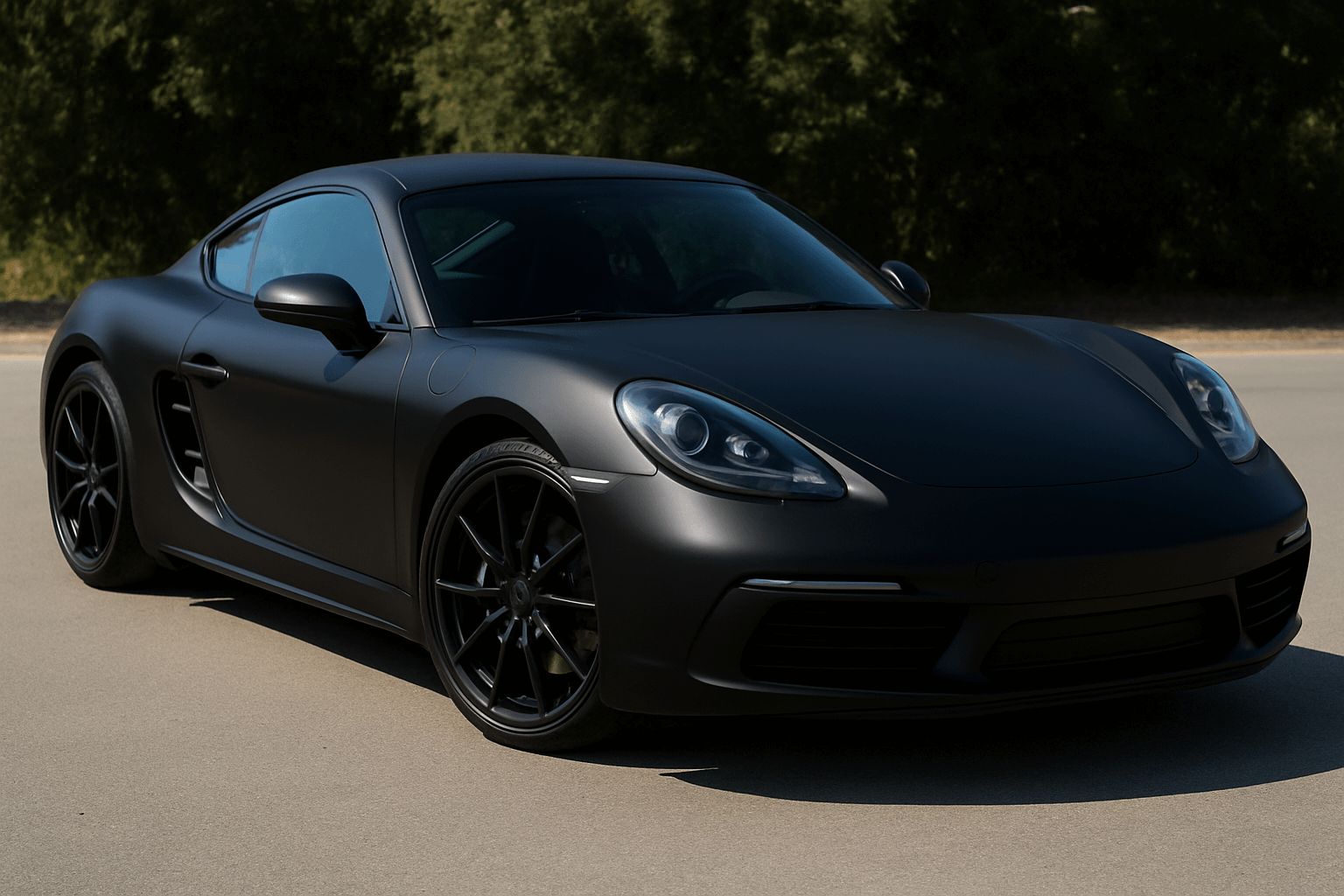Introduction to Vehicle Wrapping
Vehicle wrapping has become one of the most effective ways to customize, protect, and advertise using cars, vans, and even trucks. Unlike traditional paint jobs, a vehicle wrap uses a thin, adhesive vinyl film applied directly to the vehicle’s surface. This technique transforms its appearance while preserving the original paint underneath.
Today, vehicle wraps are widely used in both personal customization and commercial branding. From a sleek matte black finish to a vibrant advertisement covering an entire fleet, wraps offer flexibility that paint cannot. Businesses particularly value them for turning vehicles into mobile billboards that attract thousands of impressions daily.
Another reason for their popularity is the protective function. A high-quality wrap shields the vehicle’s paint from scratches, UV rays, and minor abrasions, ultimately maintaining resale value. Whether for aesthetics, advertising, or protection, vehicle wrapping is now a mainstream choice for individuals and organizations alike.
Benefits of Vehicle Wrapping
Vehicle wraps provide a wide range of benefits, making them an attractive alternative to permanent paintwork.
- Cost-Effective Customization: Wrapping is often cheaper than a full respray, especially for premium finishes like metallic or matte.
- Reversible Design: Wraps can be removed without damaging the paint, offering flexibility to change designs.
- Paint Protection: The vinyl layer protects against sun damage, light scratches, and road debris.
- Advertising Power: A wrapped car can generate between 30,000–70,000 daily impressions in urban areas, according to outdoor advertising studies.
- Durability: With proper care, vehicle wraps can last 5–7 years, making them a long-term investment.
- Variety of Finishes: From glossy colors to chrome, carbon fiber textures, or custom prints, wraps cater to diverse styles.
For businesses, the return on investment is particularly strong. Compared to digital ads or billboards, wrapping a fleet provides continuous exposure without recurring costs. On the personal side, wraps give car enthusiasts the freedom to experiment with bold looks without committing to permanent paint.
Types of Vehicle Wraps
Vehicle wrapping is versatile, offering different styles and levels of coverage.
Full Wraps
A full wrap covers the entire exterior, transforming the vehicle completely. It is often used by businesses for branding or by individuals seeking a dramatic new look.
Partial Wraps
Partial wraps cover specific areas like doors, hoods, or bumpers. They are cost-effective for smaller branding or accent designs.
Color Change Wraps
These wraps mimic paint finishes, available in gloss, satin, matte, or specialty textures like brushed metal. Popular among car enthusiasts, they allow quick personalization.
Printed Wraps
Custom designs, graphics, or branding are digitally printed on vinyl. These are common in advertising campaigns or promotional vehicles.
Clear Paint Protection Film (PPF)
Although technically not decorative, PPF is a transparent wrap designed purely to protect paint from scratches, chips, and UV rays.
Each type has unique applications. A luxury car owner may choose a matte color-change wrap for aesthetics, while a delivery company may opt for a printed wrap showcasing logos and contact details. The choice depends on budget, goals, and desired visual impact.
The Vehicle Wrapping Process
Wrapping a vehicle involves precision and expertise. The process typically includes:
- Design and Planning – For custom wraps, designers create digital mockups scaled to the vehicle’s dimensions.
- Surface Preparation – The car is washed, degreased, and sometimes decontaminated with clay bars to ensure the wrap adheres properly.
- Application – Large sheets of vinyl are applied section by section using heat guns and squeegees. Skilled installers eliminate air bubbles and ensure smooth alignment.
- Trimming and Detailing – Excess vinyl is trimmed, and edges are tucked for a seamless look.
- Post-Installation Inspection – The wrap is checked for imperfections and reheated to improve adhesion.
Depending on size and complexity, wrapping can take anywhere from one to three days. For fleets, companies often schedule multiple vehicles in phases to minimize downtime.
Cost of Vehicle Wrapping
The cost of wrapping varies widely based on vehicle size, material quality, and design complexity.
- Compact Cars: $1,500 – $2,500
- Sedans/SUVs: $2,500 – $4,000
- Luxury Cars or Specialty Wraps: $4,000 – $10,000+
- Partial Wraps: $500 – $1,500
- Fleet Wraps: Discounts often apply for bulk wrapping.
Although the upfront cost seems high, wraps are usually more affordable than premium paint jobs, which can cost $5,000–$20,000. Businesses also recover costs through increased visibility and brand awareness.
Maintenance and Lifespan
A well-maintained wrap can last 5–7 years. To extend its lifespan:
- Hand wash the vehicle with mild soap and water.
- Avoid abrasive brushes or harsh chemicals.
- Park in shaded areas or garages to reduce UV exposure.
- Address peeling or lifting edges quickly to prevent further damage.
Some premium vinyl films come with manufacturer warranties, covering defects or early fading.
Case Study: Vehicle Wraps in Business Branding
A local food delivery service in New York wrapped its fleet of 20 vans with bold graphics featuring its logo, menu highlights, and contact details. Within three months, the company reported a 25% increase in new customer calls directly linked to people spotting the branded vans in their neighborhoods.
Compared to digital advertising campaigns, which required ongoing spending, the one-time investment in wraps provided consistent exposure every time the vehicles were on the road. The company also noted improved employee pride, as the branded vans felt professional and recognizable.
This example shows how vehicle wrapping can function as a cost-effective marketing strategy with tangible results.
Frequently Asked Questions (FAQs)
1. How long does a vehicle wrap last?
Typically 5–7 years with proper maintenance.
2. Does wrapping damage car paint?
No, in fact, it protects the original paint when installed and removed correctly.
3. Can I wrap only part of my car?
Yes, partial wraps are common for accents or budget-friendly branding.
4. Is a wrap cheaper than paint?
Yes, wraps are generally more affordable and offer more flexibility.
5. Can wraps be removed?
Yes, they can be professionally removed without harming the paint.
6. Do vehicle wraps fade?
High-quality wraps resist fading, but prolonged UV exposure can reduce lifespan.
7. Are wraps good for business advertising?
Absolutely, they provide continuous exposure and high ROI compared to other ads.






